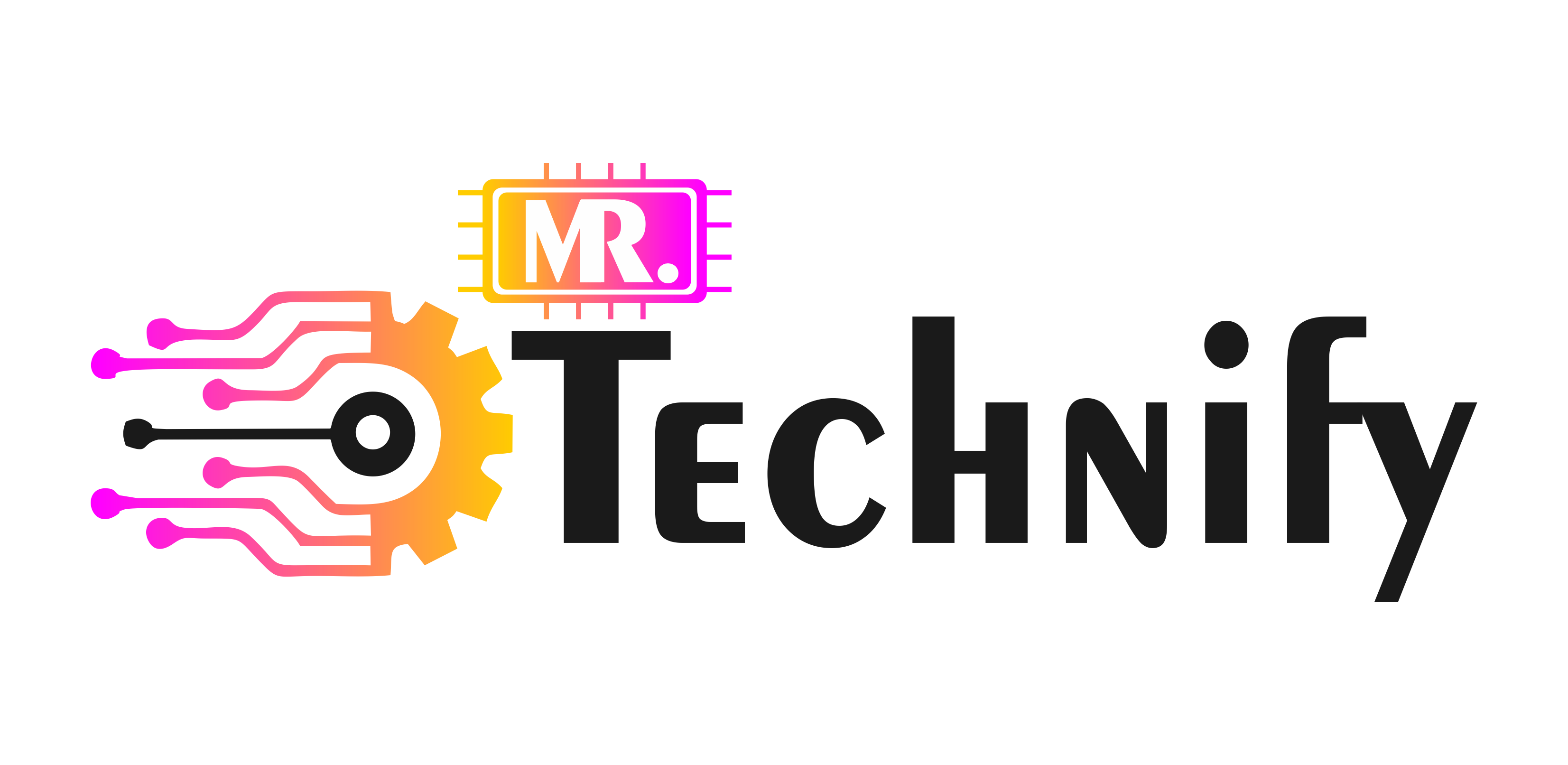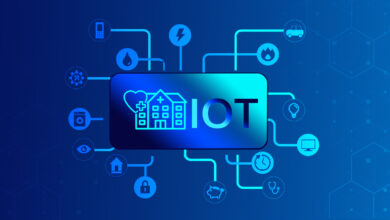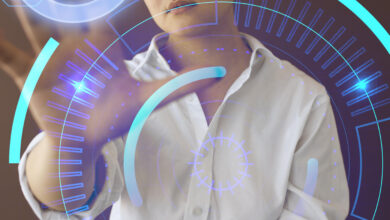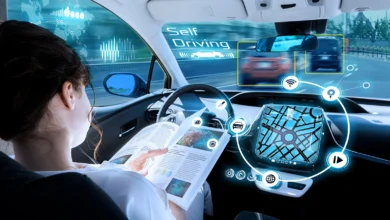Introduction
IoT in Smart Cities might sound like a futuristic concept, but it’s rapidly becoming our present reality. It’s the intersection where the bustling vibes of urban landscapes meet the sophisticated world of interconnected devices. Ever wondered how cities could evolve to become more intuitive, adapting seamlessly to the unique requirements of each of its citizens? How public services could be more timely and efficient, or how energy wastage could be minimized? Dive into the captivating world of IoT in Smart Cities, and let’s explore how this blend of technology and urban planning is revolutionizing the way we live, work, and play in our cities.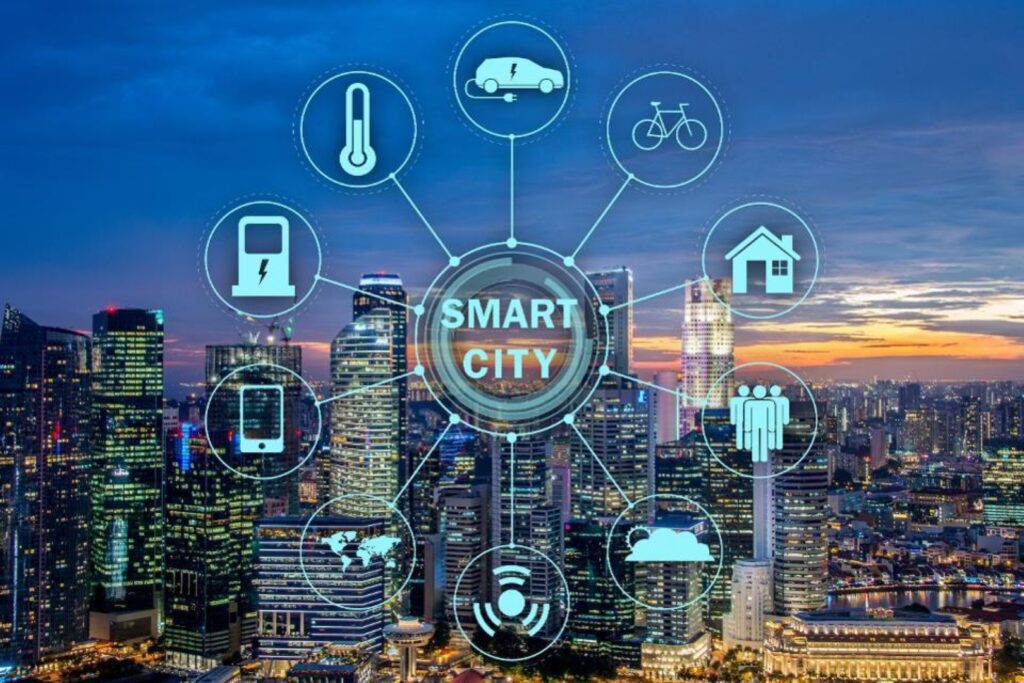
-
What is IoT?
Think of IoT as the nervous system of the modern digital world. Software, sensors, and network connectivity enable connecting devices, vehicles, buildings, and other items.
-
Basic Principles of IoT
Connectivity: Devices talking to each other. Your smartwatch is talking to your phone, for example.
Sensing: Devices like a thermostat understand their surroundings and room temperature.
Actuation: Devices making decisions, like a smart fridge ordering groceries when you’re low on supplies.
-
Benefits of IoT
With IoT, we can automate and improve tasks that were once manual and time-consuming. From smart homes to industries, it brings about more efficiency and convenience.
How IoT Powers Smart Cities
Smart cities use IoT devices to enhance services, reduce costs, and connect citizens. It’s about creating a more efficient and enjoyable environment for everyone.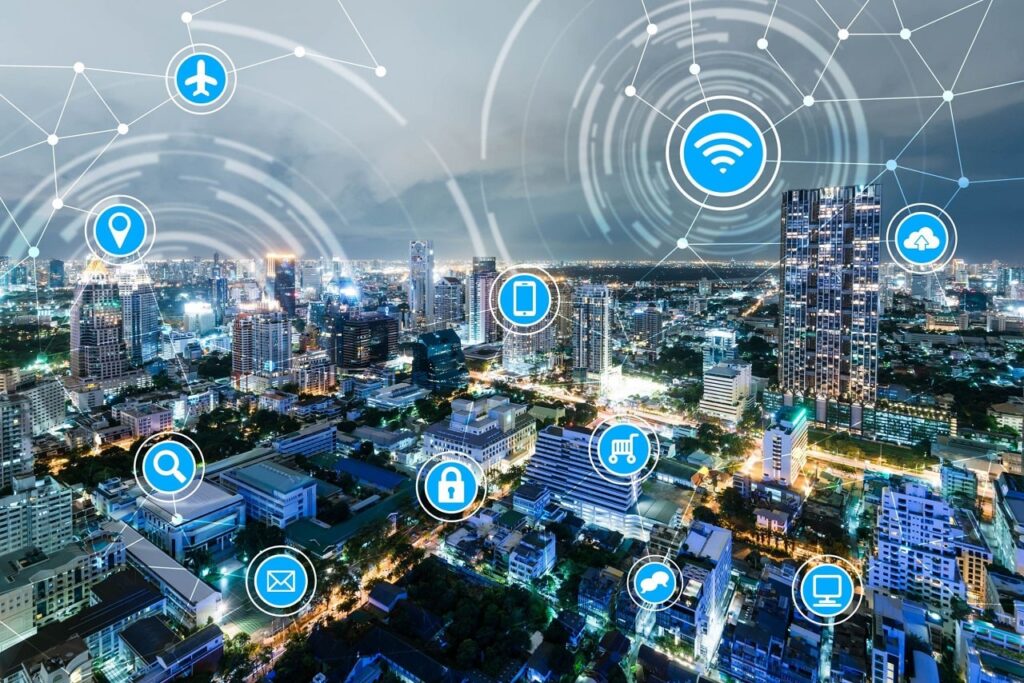
-
Infrastructure Enhancement
Imagine streetlights that dim when there’s no one around, conserving energy. Or waste bins that notify sanitation crews when they’re full. That’s Internet of Things at work!
-
Energy Efficiency
With smart grids and connected devices, cities can effectively manage energy use. This means less waste and more savings.
-
Traffic Management
Have you ever been stuck in traffic and wished the lights were more synchronized? IoT can do that, adjusting light timings based on real-time traffic data.
-
Safety and Security
IoT ensures our cities are safer than ever, from surveillance cameras that can detect suspicious activity to sensors that can detect gas leaks or structural damages in buildings.
Real-world Examples
-
Barcelona: Pioneers in IoT
This city has been an IoT pioneer with smart water, lighting, and parking systems. Visitors can even use an app to find free parking spots!
-
Singapore: A Connected Future
Singapore uses IoT for its traffic systems, waste management, and even to monitor the health of older people.
Challenges of IoT in Smart Cities
-
Security Concerns
With so many connected devices, there’s a higher risk of cyber-attacks. Cities must have robust security measures in place.
-
Implementation Barriers
High initial costs and the need for skilled professionals can make adopting IoT solutions challenging for some cities.
Conclusion
IoT in smart cities is not just a buzzword; it’s the future of our urban landscapes. While there are challenges, the benefits far outweigh them. Imagine living in a city that truly understands and caters to your needs. With IoT, that dream is close to reality.
FAQs for IoT in Smart Cities
How does IoT improve traffic management?
By collecting real-time traffic data and adjusting light timings or suggesting alternative routes.
Are there any risks associated with IoT?
Yes, primarily related to security concerns and potential cyber-attacks.
Which cities are leading in IoT implementation?
Barcelona and Singapore are two prime examples.
How does IoT contribute to energy efficiency?
Through smart grids and connected devices that manage energy consumption based on real-time needs.
Rate our Article (IoT in Smart Cities | Revolutionizing Urban Living)How much do you like our Article
